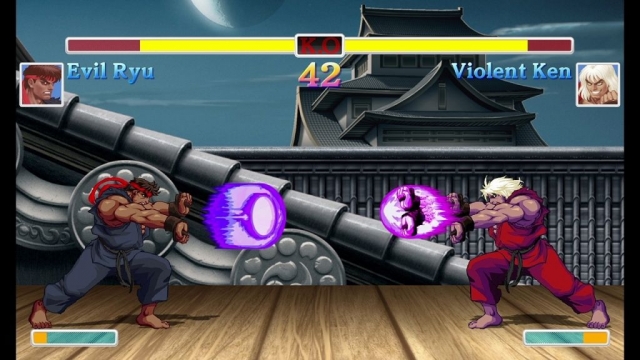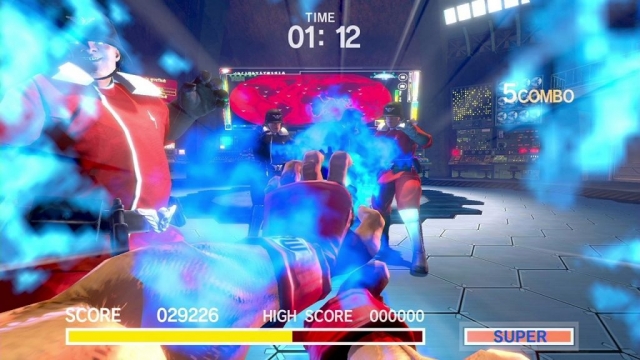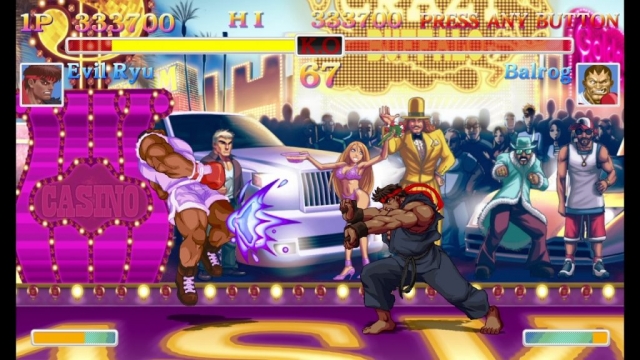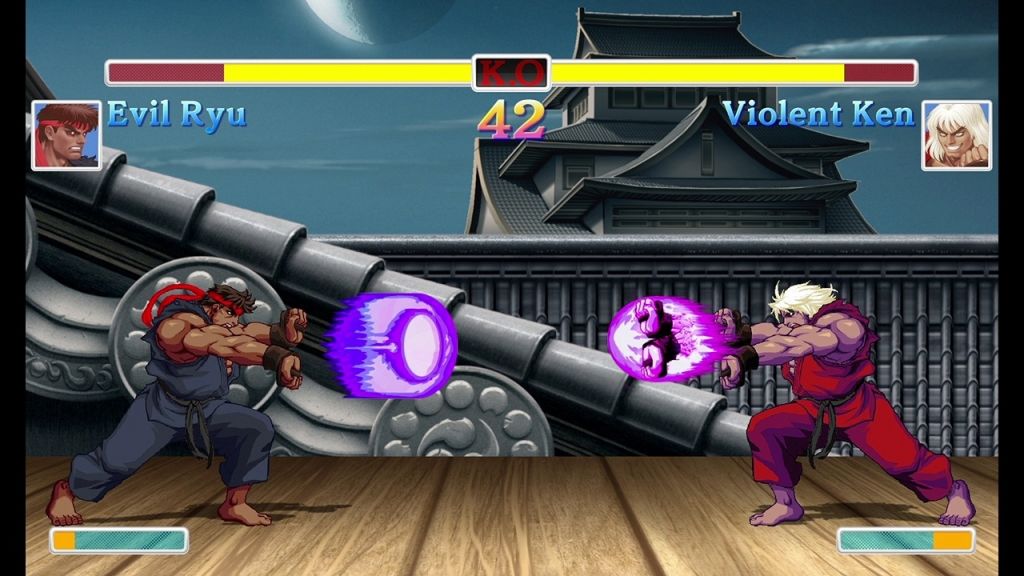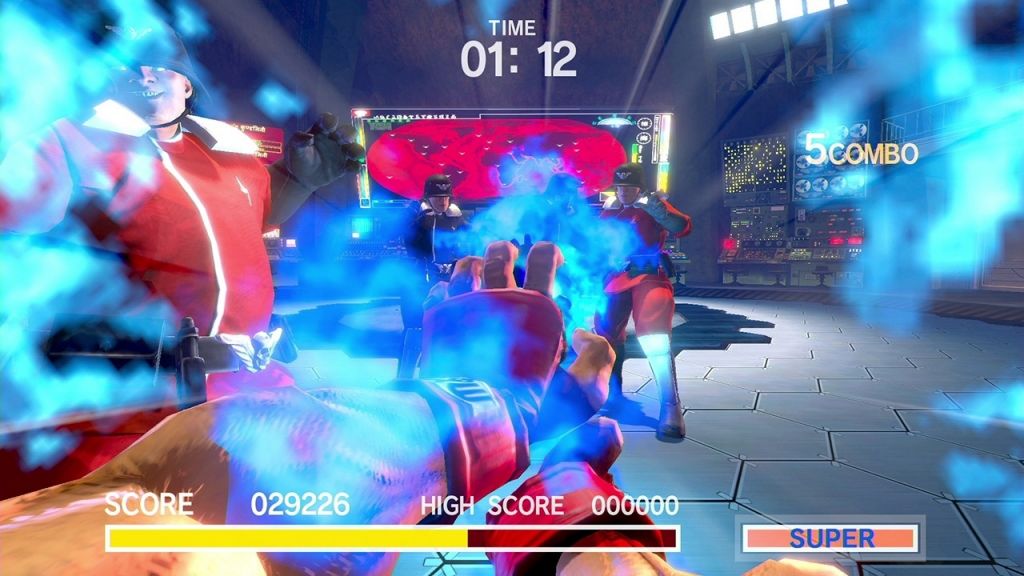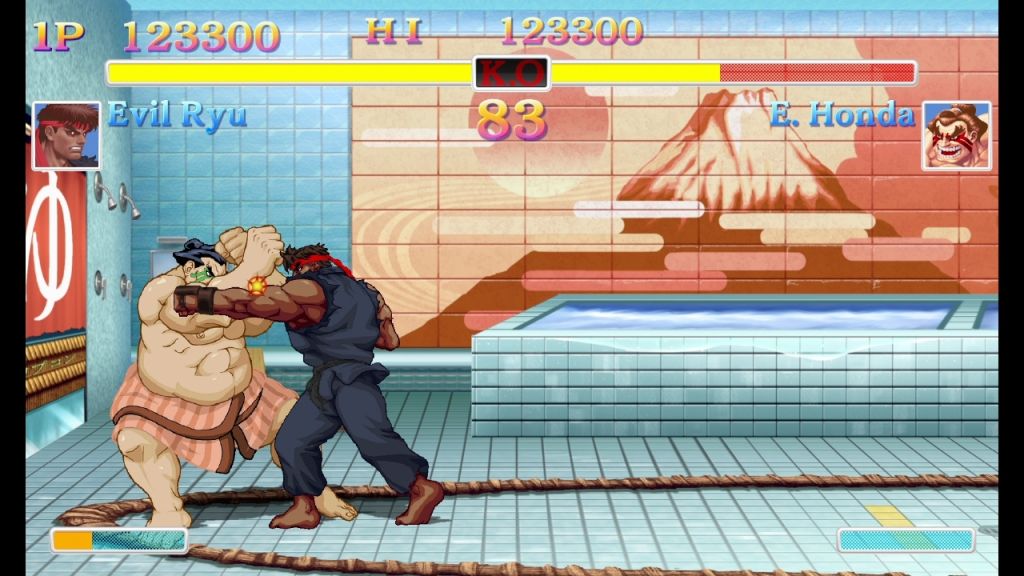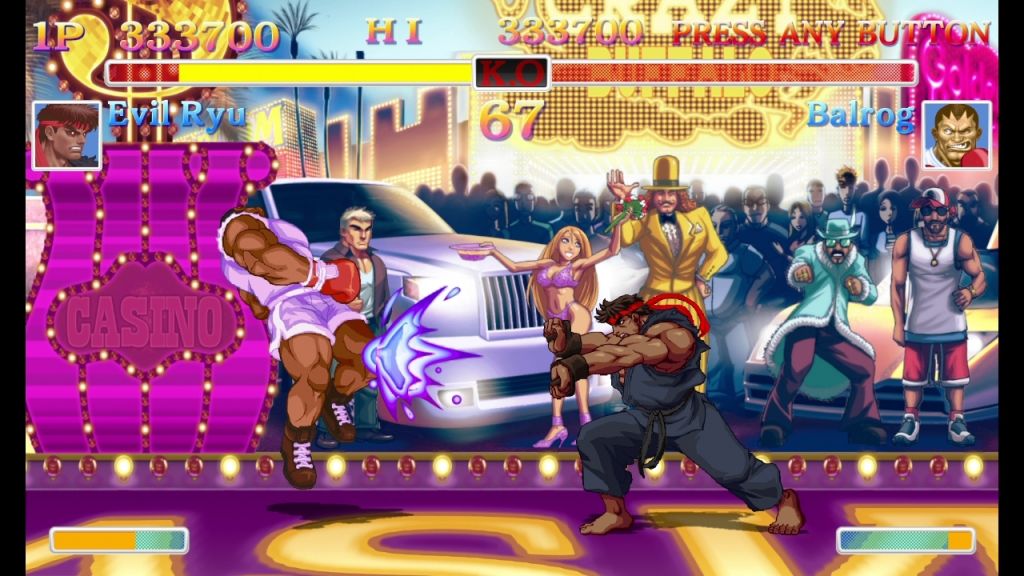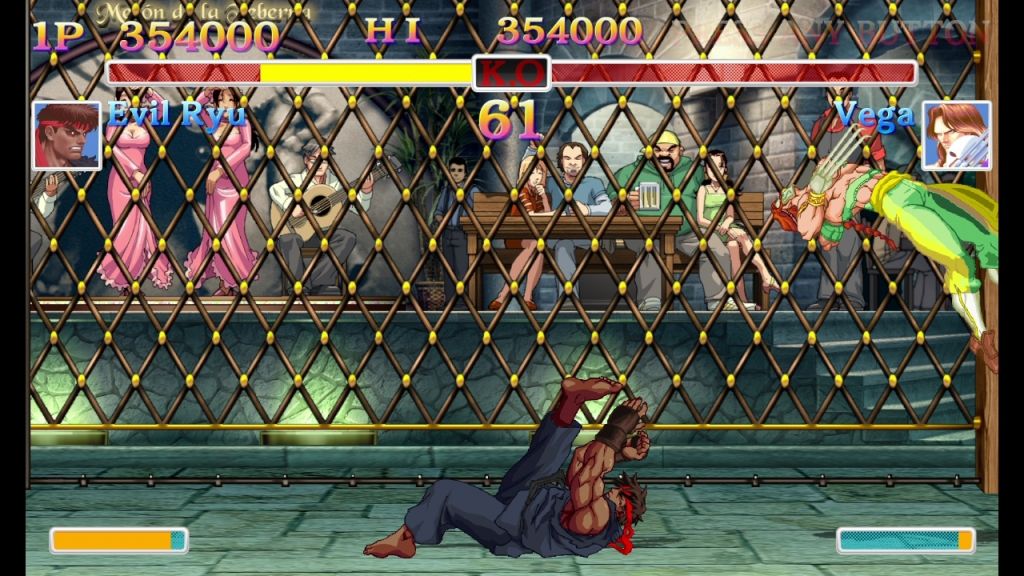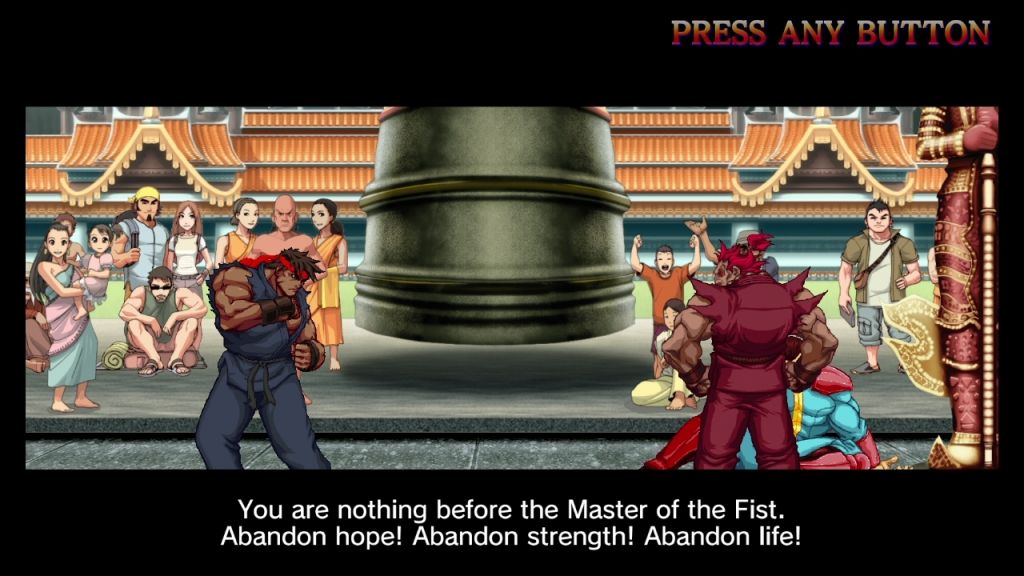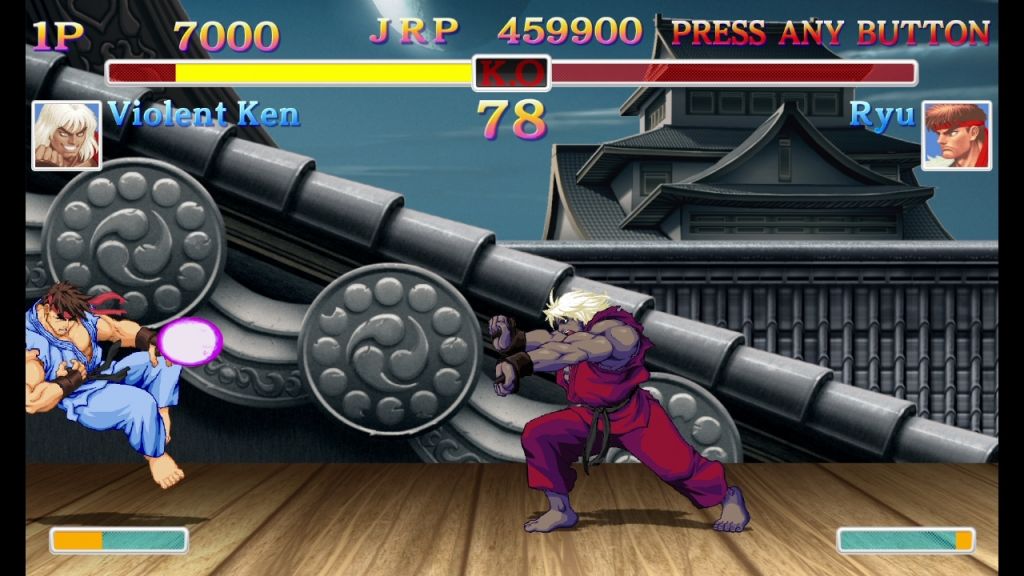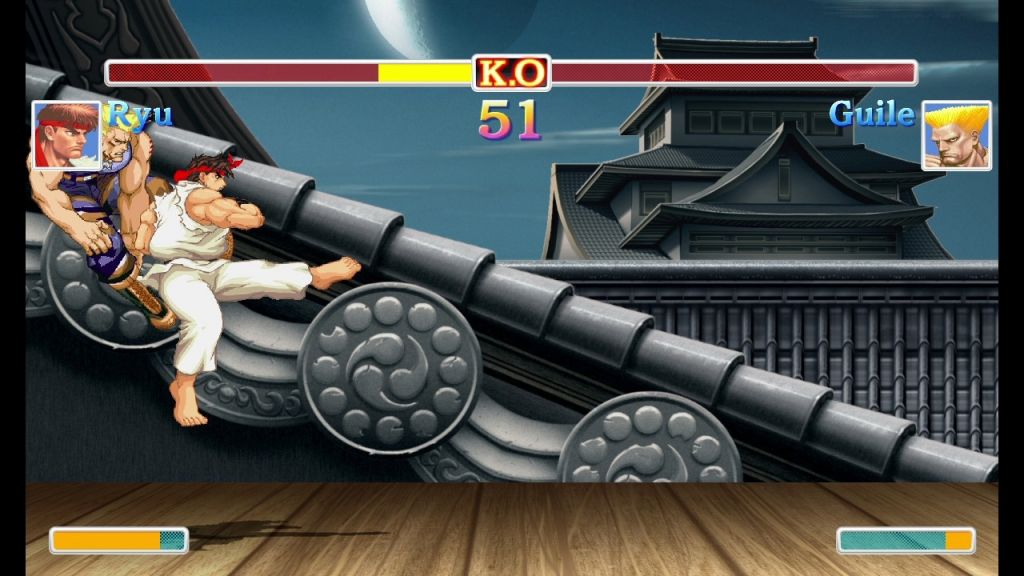Ultra Street Fighter II: The Final Challengers
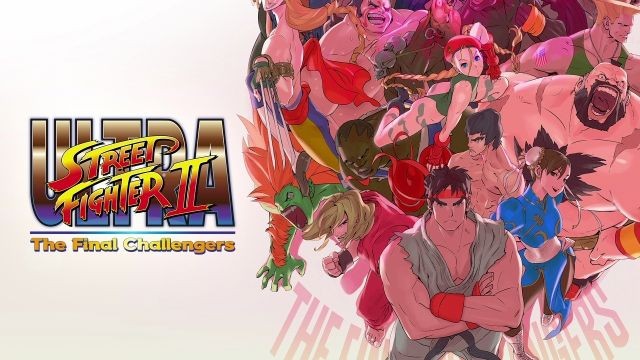
The Street Fighter franchise has been one of the most iconic for the past 25 years. Its obscure beginnings as a heavily-flawed arcade fighter begat Street Fighter II – a game that kickstarted an entire genre. While beat ‘em ups gave people a taste of what fun it could be to smash enemies up in an arcade, Street Fighter II did it with more poise and depth than anything that came before it and many games that came after it. It was a revolutionary game that launched 2D fighters and led to countless clones. It also hit the SNES and gave life to the genre on consoles. Now, this latest revamp of the classic has arrived and brings with it a mix of old and new.
Ultra Street Fighter II: The Final Challengers allows you to enjoy a Super Street Fighter II-esque game, sans turbo, but with the option of either having the original sprites or revamped sprites optimized for modern-day TVs that were featured in Super Street Fighter II Turbo HD Remix years ago. Nineteen characters join the battle, with the Ultra-exclusive Violent Ken and Evil Ryu adding new wrinkles to the roster. Otherwise, the roster is essentially the same as it was with Super Street Fighter II Turbo.
Controlling Ultra Street Fighter II works surprisingly well with out-of-the-box options on the Switch. While a Pro controller may be the most comfortable overall option, using just the JoyCons either on the tablet or on the grip works well enough. With either setup, running your left thumb tip along the stick works marvelously – and actually seems far more comfortable than doing the same thing with either stick setup found on an Xbox or PlayStation console. The split-button d-pad hybrid on the left-hand JoyCon works, but not very well. Using a fingertip, it is comfortable, but not as responsive or user-friendly as using the left stick.
Multi-player action is doable using the horizontal JoyCons, but isn’t recommended. The stick setup is far less than ideal and without grips, it’s hard to hit the trigger buttons. Those craving some on-the-go action can enjoy either the regular control scheme or a simplified setup using on-screen button commands. The 3DS version of Street Fighter IV had something very similar, and this works the same way. You can do specials with a single press and it makes things a bit flashier even though it won’t teach you much of anything. The training mode might though, and if nothing else, it at least gets you used to playing everything with Switch controls.
Way of the Hado is an all-new mode that blends motion controls with Ryu’s signature special moves. Each of his three specials, along with a super, is done with motion controls and they work…well enough I suppose. Going by the tutorial, you do need to be pretty dead-on, and mastering each attack can make a huge difference. The crux of the mode has a bunch of Shadowloo goons coming after you, and each attack is best for a certain type of wave. If you have a lot of enemies, then either a super or a hurricane kick are best. If there is just one , then a fireball and shoryuken would be your best methods of escaping danger.
You can choose to play this mode either in a quick arcade-style burst or in an endless variant. You get XP and stat boosts as you progress, and while that does make it easier, it doesn’t really make the mode more fun to play. It’s very simplistic and the motion controls aren’t as good as they need to be for this to be more than a diversion – and the very limited concept of just throwing a few moves and blocking nameless goons is only going to go so far. It’s a beat ‘em up-style mode on the surface, but with far less depth – and when you consider how lean those usually are, that’s a bit humbling. Way of the Hado is a fine diversion, but it lacks any kind of depth and won’t entice anyone to play for more than a few minutes unless you’re in a group and opt to do some score challenges with friends.
Visually, Ultra Street Fighter II takes the same core graphics from HD Remix and makes them fit into the world far better. In that game, there seemed to be a disconnect between the redone sprites and the backgrounds. They looked like drawings on top of the backdrop and not participants within the environment itself. Now, they blend in far better and that really helps battles feel more intense. Backgrounds have been redone too, with a lot of new detail on Dhalsim and Balrog/M.Bison’s stage that brings new life to them. Being able to switch between the original 2D artwork and the new art is nice, but it’s a shame it can’t be done in real-team – even though I’m sure a feat like that for a 2D fighter would be rather impractical.
Musically, you can choose between the original songs and voice work or new compositions. The remixes are fantastic, but the new voice work isn’t on par with the pre-Super Street Fighter II stuff. It’s a solid improvement over that though, which isn’t really high praise. The sound effects sound about even from old to new – so there’s nothing big there, which is a probably for the best. The blistering projectiles and thuds that physical attacks make really don’t need any kind of fixing – so less is more in that regard.
Ultra Street Fighter II: The Final Challengers delivers a lot of fun, even if the overall package could stand to have some room for improvement. The Way of the Hado mode is mere filler, but the core game is an absolute blast. Using either the original or revamped art works well, and you can alternate between each style along with changing the music from the original to remixes before a full gameplay session. Controlling it with the regular JoyCon setup on either the tablet or the grip works shockingly well – even though the split d-pad is far from ideal. Using the left stick feels natural, and you don’t need to rush out and buy a Pro controller to enjoy the full experience.
Reviewed By: Jeremy Peeples
Publisher: Capcom
Rating: 90%
——————————————————————————–
This review is based on a digital copy of Ultra Street Fighter II: The Final Challengers for the Nintendo Switch provided by Capcom.
 Game Over Online
Game Over Online